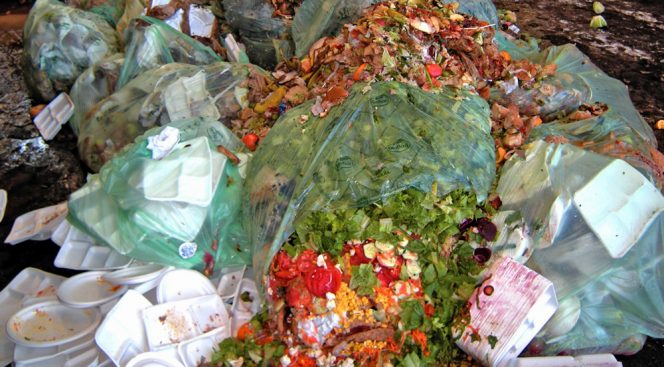
Nora Goldstein
I’m going to get right to the point. It is 2020, and it is time for a new narrative on compostable packaging. I’m talking about BPI-certified compostable products, and primarily, food service packaging that is considered a replacement for single-use plastics. But also certified compostable liner bags for kitchen food scraps and organics collection carts.
This new narrative starts with viable and realistic alternatives to the current array of single-use plastic packaging — products and components thereof that work their way into our waterways and oceans. Products that show up as contamination at organics recycling and materials recovery facilities. Products that are the target of bans on their use, to be replaced with packaging that is reusable, recyclable or compostable.
The new narrative acknowledges the realities that are constantly cited in the media, in the halls of city and state governments, and on the ground at composting facilities. These include the propensity for certified compostable products to look similar to their noncompostable counterparts (aka “lookalikes”), inviting the lookalikes to ride along in the loads of source separated organics. There is also the reality that composting facilities willing to accept compostable products as a feedstock are few and far between. Those two realities are totally our world at the moment, and thus carry over into the new 2020 narrative.
What should not be carried over to the new narrative is what I’ll call “so 2019.” These are the items that every media story loves to cite: 1) Compostable products contain PFAS chemicals that give packaging their water and grease resistant qualities, and therefore will contaminate the finished compost; 2) The Oregon Department of Environmental Quality’s (DEQ) 2019 life cycle assessment (LCA) analysis which states, in a nutshell, that the production of compostable packaging has a bad environmental footprint; and 3) Compost that has compostable packaging as an input cannot be certified for use in organic agriculture.
 Why should we leave these “2019” items behind in the new narrative? With regard to PFAS, BPI only certifies compostable products and resins that are free of intentionally added fluorinated chemicals like PFAS. On Dec. 31, 2019, it delisted about 2,000 products from its catalog that do not comply with that requirement. The Oregon DEQ report is one assessment based on a review of LCAs, and it didn’t account for emissions avoidance benefits of diverting food waste from disposal, or from using compost to sequester carbon. And yes, it is true about the organic certification, which may or may not get resolved any time soon, and remains a reality in the new narrative. Leaving these 2019 items behind is not to say they should be ignored. But they are smaller parts of a much bigger, new conversation.
Why should we leave these “2019” items behind in the new narrative? With regard to PFAS, BPI only certifies compostable products and resins that are free of intentionally added fluorinated chemicals like PFAS. On Dec. 31, 2019, it delisted about 2,000 products from its catalog that do not comply with that requirement. The Oregon DEQ report is one assessment based on a review of LCAs, and it didn’t account for emissions avoidance benefits of diverting food waste from disposal, or from using compost to sequester carbon. And yes, it is true about the organic certification, which may or may not get resolved any time soon, and remains a reality in the new narrative. Leaving these 2019 items behind is not to say they should be ignored. But they are smaller parts of a much bigger, new conversation.
The Composting Industry And Consumer Brands
Two underlying questions will shape the new narrative:
1) Does the composting industry want to be part of the global effort on a foodservice packaging solution?
2) Are consumer brands (and foodservice companies) willing to support the composting industry on its path to being part of the solution?
First and foremost, it is time for the composting industry to decide if it wants to play a role in the single-use packaging solution. Local and state policies are including compostable packaging as an alternative in their bans on single-use plastics. Brands are investing a considerable amount of time and money developing compostable packaging as part of their industry commitments to eliminate single-use plastics. To make that work, composters have to be willing to accept these products — and be willing to support collaborative solutions.
However, the composting industry — and those involved in organics recycling programs (e.g., policymakers, collection services) — cannot be solely responsible for making this work. Producers and users of the packaging (aka “brands”) have to support the investments necessary to scale the solutions. These investments include obvious labeling (and supporting labeling laws), consumer education, foodservice establishment education and training, and equipment to remove noncompostable packaging contamination at the composting facilities. Another possible solution is limiting food-contact packaging at a grocery store, restaurant, cafeteria, venue, etc. to reusable for dine-in customers, and everything else compostable, not a mixture of compostable and recyclable, so that composters have a fighting chance of a “clean” stream.
BioCycle has been, and will continue to be, a thought leader on helping to shape the new narrative. We welcome your feedback.









